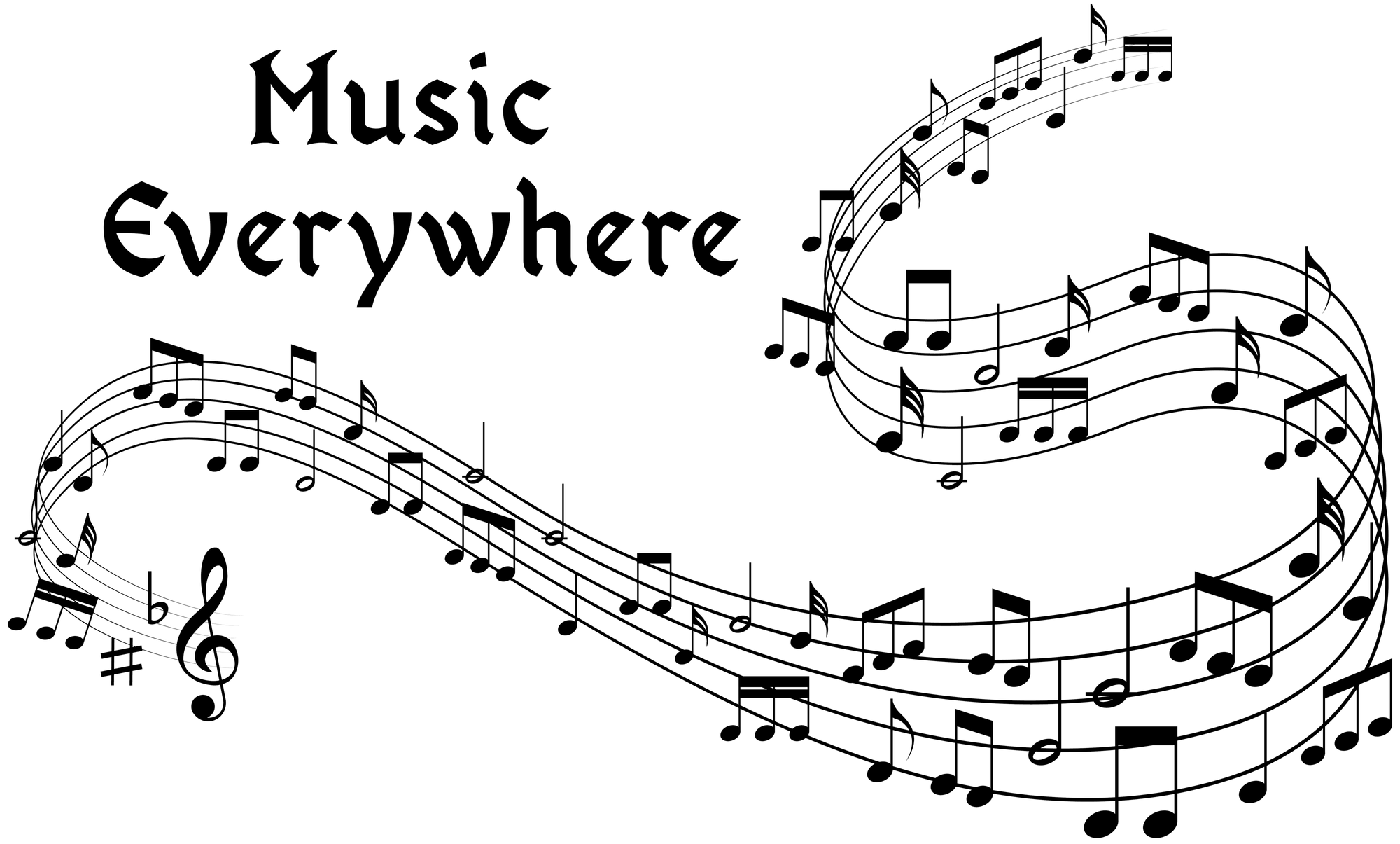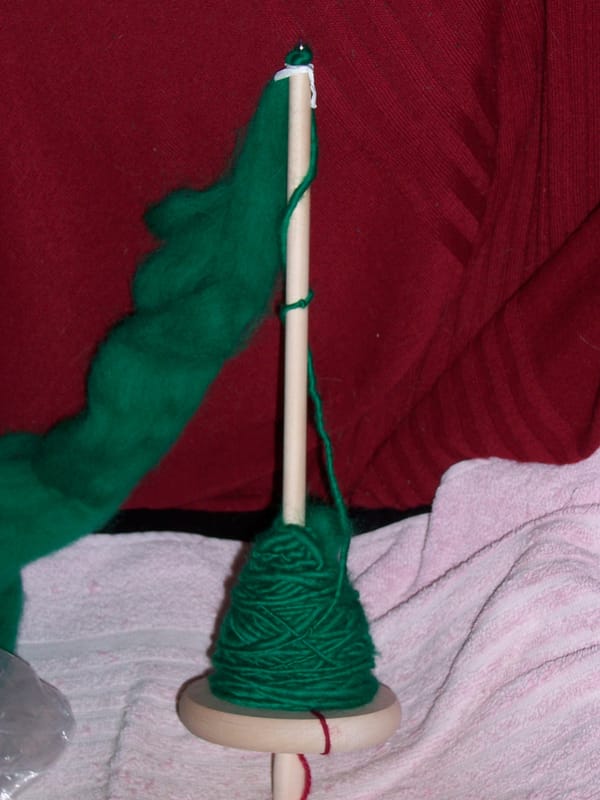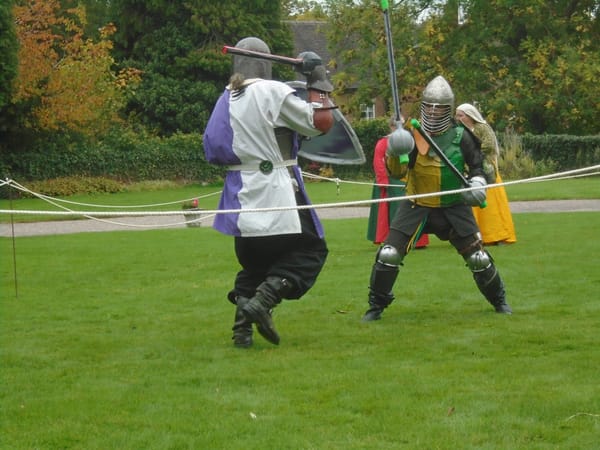Knot or not

So, now, thanks to the excellent (and probably late) Mr Holdgate, I'm not only a competent netter again, but also a far better netter than I originally was; and I'm delighted. There is just that little wrinkle of trying to find something suitable to use as a mesh stick for netting fine enough to use for filet work, but I'm sure that will get sorted out eventually. (I did ask my ancient mother if she could think of anything, and she couldn't; but then she asked me if I could think of any ideas for writing a poem about teeth, and I couldn't, so we are quits. Apparently it's for the latest poetry competition in The Oldie. She enters quite regularly and picks up the odd honourable mention now and again, which is pretty good for 86.)
The final chapter of Mr Holdgate's splendid little book is all about knots, which is not entirely surprising. Netting is, after all, knotted (it is basically just a very neatly organised collection of sheet bends), and both netting and knotting have more than a whiff of the nautical about them. I used to have a book about knots when I was a child, which was how I learnt to tie a clove hitch. I didn't learn to tie most of the rest because, while many of them were impressive to look at, I didn't see the use of them. A clove hitch was obvious; it was a knot that used the middle of the string (so you didn't need to bother about the end if it wasn't convenient to do so) and wouldn't slip. I've used it all my life for hanging clothes lines and a number of other purposes. But a bowline? What on earth do you do with a bowline?
Sadly, I still don't know. Mr Holdgate has provided admirable instructions on how to tie one, as you see in the feature photo, and further added that if you know how to tie one you will be respected as one who knows their knots. Maybe, but if I don't know what it's good for, I'm not really motivated to learn to tie it. I suspect that what will happen is I'll end up tying one and having a play with it, and then if it turns out that it does anything I need a knot to do better than the various knots I know already, then I'll learn it properly.
It's an odd omission, as on the whole Mr Holdgate is pretty good at explaining what knots are for. For completeness, he starts with the simple overhand knot, which needs no introduction; it is pretty much what anyone means when they say "a knot" without otherwise qualifying it. Then the slip knot; again, everyone already knows what that is and what it does. Then what he calls the "single chain plait", which is just a succession of interlocking slip knots. I'd do that with a crochet hook, quite honestly. It's not exactly a knot.
Now we're into less familiar territory. We get what I know as the bullion knot, though he gives a number of other names for it; that is, essentially, tying several overhand knots into the same loop and then pulling tight. It's a stopper knot, or, as he suggests, you might use it to head a tassel. Fine so far. The fisherman's knot he mentions here but has already dealt with it elsewhere. Then the reef knot (and, of course, the granny knot, which you probably don't actually want to tie); the figure-of-eight knot, which is another stopper knot; various forms of simple bow, for tying your shoelaces, of course; and then... the bowline. With no further explanation.
Very well. We move on. Ah yes, here's the half hitch, and its relatives the clove hitch and the lark's head knot. I know all about those. One half hitch on its own is usually not a great deal of use, but if you make two together the same way you get a clove hitch, and two together in opposite directions give you a lark's head knot. The alternative method of making a lark's head knot, which is what I did for the fringes on my stole, is to take a strand (or, in the specific case of the stole, two strands), fold it in half, put it either over or under whatever it is you're attaching it to (in this case one of the free meshes at the edge), and then put the ends of the strand through the middle so that they enclose the line you're making the knot over. If you have ready access to both your ends, this is by far the quickest method of making a lark's head knot, but it's not always possible to do it this way. And, again, Mr Holdgate doesn't specify what these knots are for. I don't personally need him to do so, but I do feel there are plenty of other people who didn't have books on knotting when they were children who might have benefited.
Next, the constrictor knot, which is a relative of the clove hitch. You tie a clove hitch, then tie the free ends together in an overhand knot so that the overhand knot goes under the crossing strand. It is, apparently, "useful for securing or seizing". I'm not 100% sure what he means by seizing in this context, but it certainly would be a pretty secure knot.
Aha... and finally we have the Turk's Head. That was also, oddly enough, the last knot in the book on knotting I had as a child. I remember looking at it at the time and thinking "that looks lovely, and also incredibly complicated - I think I'll pass on that." Mr Holdgate, however, is most encouraging. In his words: "It looks extremely complicated, but once mastered it is easy to make, and its fascination so great that you have to resist the temptation to put a Turk's Head everywhere." And he's only got six diagrams showing the construction, because apparently several of the steps repeat. I am definitely going to give that a go.
Neither the book I had as a child, however, nor Mr Holdgate, teaches the one knot I keep meaning to learn. It is the Zeppelin bend. Even though it turns out that it was not, after all, used for mooring Zeppelins (as I was originally given to understand), it is still a really useful knot; there are always occasions when one needs a bend (which is the general term for any knot that fastens two ends together) that is stable and won't come untied on its own, but is easy to untie when you need to. (If you want it to stay tied, the sheet bend is great. Pull on that one all you want, and if that comes untied, you tied it wrongly in the first place... which is why I do tend to give them a good yank, just to make sure the knot is properly seated.)
Don't get me wrong. I'd never have made a sailor. For starters, I'm pretty much seasick on damp grass. But I do enjoy knots and intend to spend a little bit of time improving my knotting... and if anyone can tell me what a bowline is actually for, that'd be peachy!




